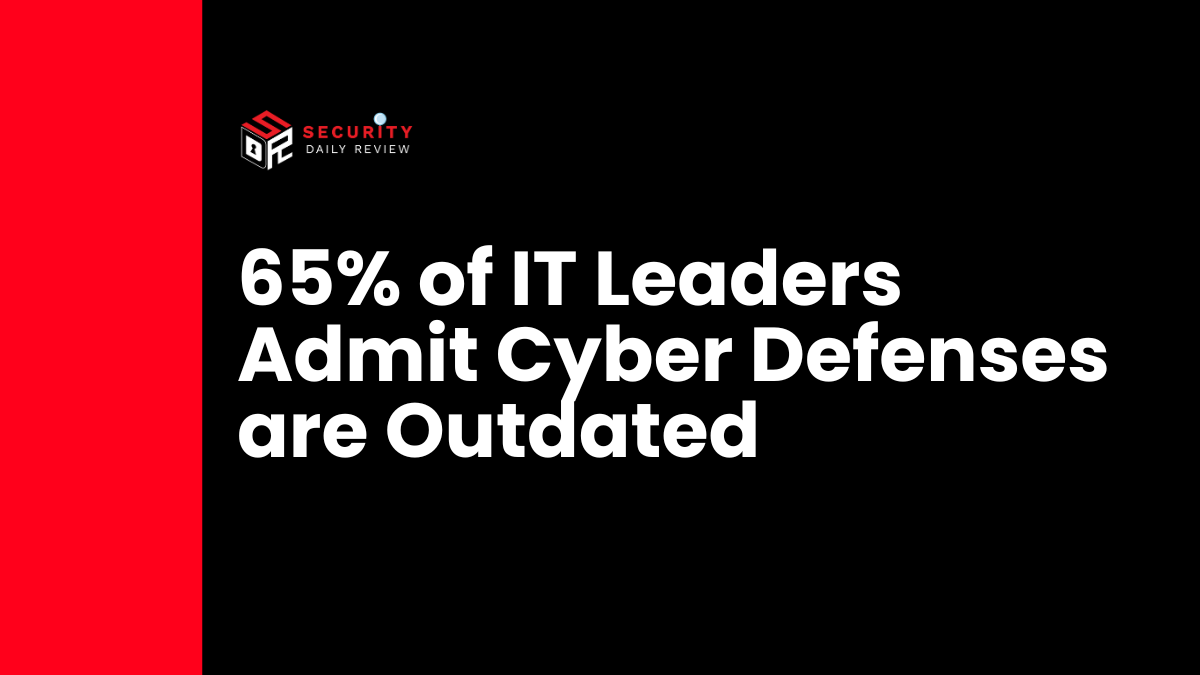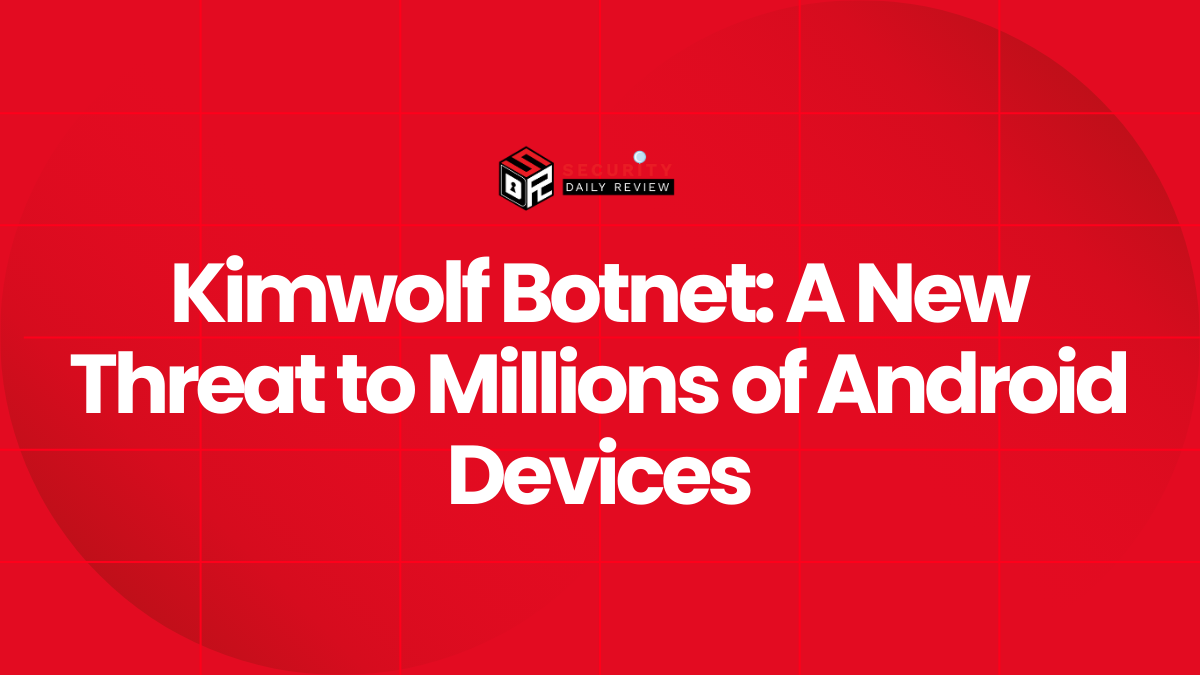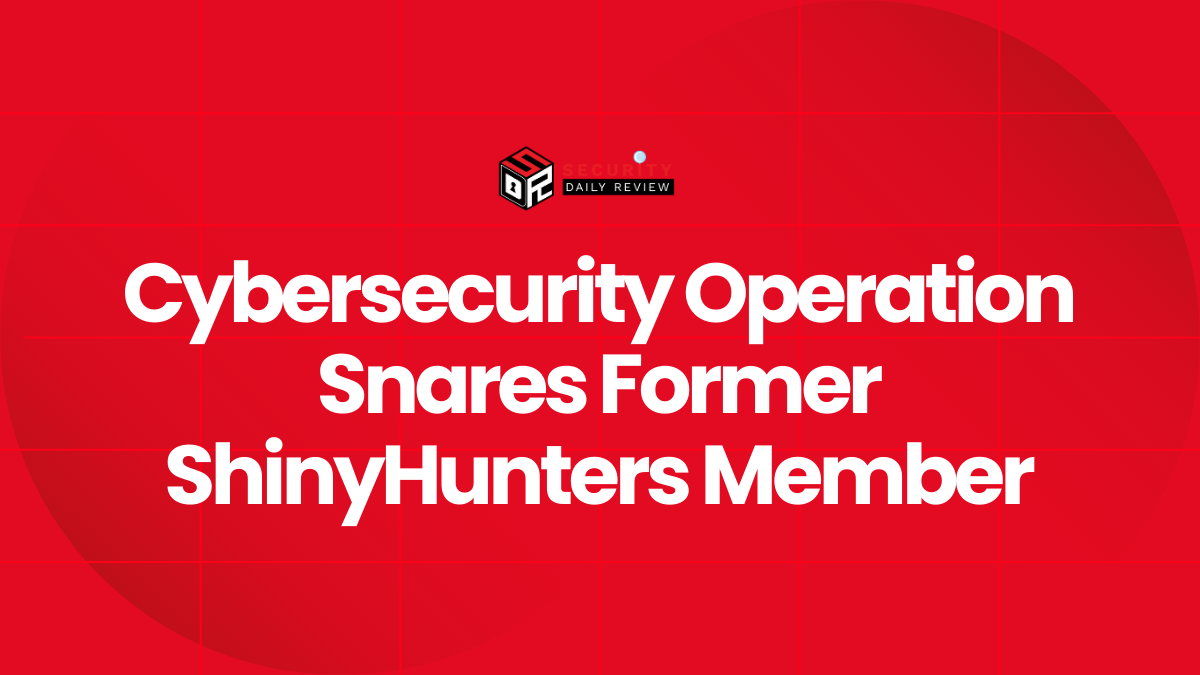As artificial intelligence (AI) continues to redefine how businesses operate, it is simultaneously transforming the cyber threat landscape in ways that most organizations are not prepared to handle. According to Lenovo’s latest “Work Reborn” report, Reinforcing the Modern Workplace , 65% of global IT leaders acknowledge their current cybersecurity defenses are outdated and inadequate against increasingly sophisticated AI-powered cyber threats. Alarmingly, only 31% of these leaders feel confident in their ability to protect their organizations from such threats.
AI-Driven Cybercrime is Outpacing Outdated Security Infrastructures
A Rising Concern for the Modern Enterprise
The integration of generative AI into enterprise environments has unlocked operational efficiencies, but it has also enabled an unprecedented level of cybercriminal evolution. Lenovo’s findings—stemming from a survey of 600 IT leaders—underscore a critical gap: while AI enables business growth, it’s also arming malicious actors with tools to launch faster, more deceptive, and more personalized attacks.
Cybercriminals are Weaponizing Generative AI
Threat actors are harnessing generative AI to develop polymorphic malware that evades detection, create hyper-realistic phishing campaigns, and automate the production of deepfakes for impersonation fraud. These AI-enhanced tactics dramatically reduce the effort required to carry out attacks and increase their success rate by mimicking legitimate user behavior and generating convincing social engineering payloads.
Key examples of these AI-powered external threats include:
- Polymorphic malware that alters its code signatures to bypass static defenses
- Tailored phishing emails auto-generated to target specific users
- Deepfake audio or video content convincing enough to deceive users or spoof executives
The sophistication and speed with which these threats can be deployed reflect an arms race in cybersecurity—one that many enterprises are currently losing.
Insider Threats and AI Agents Add a New Dimension of Risk
Organizations Struggle With Internal AI Misuse
Lenovo’s report also shines a spotlight on internal risks associated with AI. A majority of IT leaders—70%—express concern over employees misusing generative AI tools. Beyond accidental data leakage or shadow IT concerns, AI agents acting semi-autonomously pose a new class of insider threat.
Over 60% of respondents recognize these AI agents as difficult-to-govern entities that could be exploited or manipulated. These risks underline the need for strong governance policies and internal monitoring mechanisms that cover not just human employees, but also AI co-workers.
AI Assets Have Become High-Value Targets
As enterprises deploy proprietary models, curate unique training datasets, and develop specialized prompts, these AI components are becoming valuable intellectual property (IP) and prime targets for cyberattacks. Protecting these digital assets demands a shift in security strategy to incorporate:
- Secure storage and access controls for training data
- Encryption and anti-tampering safeguards for AI models
- Logging and traceability for interactions with sensitive prompts
These elements of the AI lifecycle need the same level of attention as traditional enterprise IP to ensure organizational integrity and continuity.
Legacy Infrastructure and Skill Gaps Impede Defense Innovation
Modern Threats Meet Yesterday’s Defenses
Despite acknowledging the scope of the problem, many organizations are hampered by internal challenges that limit their ability to adopt effective AI cybersecurity defenses. Legacy infrastructure often lacks the flexibility needed to integrate real-time AI response mechanisms. Budget constraints and a shortage of skilled cybersecurity professionals further slow the adoption of next-generation defense systems.
Rakshit Ghura, Vice President and General Manager of Lenovo Digital Workplace Solutions, highlights that companies must fight AI with AI. This includes deploying adaptive, intelligent cybersecurity frameworks that can match the learning rate and attack automations of modern AI-driven threats.
AI Cybersecurity Strategies are Now a Business Imperative
Failure To Adapt Carries Long-Term Risks
The report frames AI integration not only as a technical challenge but as a strategic business imperative. As AI becomes embedded in digital workplace solutions, the ability to secure these environments directly impacts business continuity, cost efficiency, and competitive advantage.
Organizations that fail to upgrade their cybersecurity capabilities to address AI cyber threats risk:
- Business disruption from undetected or unstoppable attacks
- IP theft or compromise of proprietary AI assets
- Regulatory consequences for data breaches or misuse
- Erosion of customer trust and brand damage
Securing AI-enabled workplaces is therefore pivotal not only for defense but also for enabling the continued growth and efficiency that AI technologies promise.
Real-Time, AI-Driven Defenses are the Path Forward
Closing the Gap Requires AI at the Core of Cybersecurity
With only 31% of IT leaders expressing confidence in their current security posture, it is clear that traditional defense models are no longer sufficient. Future-ready cybersecurity architectures must be built around AI capabilities that can:
- Detect emerging threats through behavioral analysis and pattern recognition
- Automatically adapt to evolving attacker tactics
- Provide contextual risk assessments and dynamic response capabilities
Lenovo’s position is that organizations need end-to-end, AI-embedded digital workplace solutions to navigate this shifting landscape effectively. Enterprises must invest in linked strategies that include training, infrastructure modernization, and policy refinement to ensure resilience in the AI era.
The road ahead is challenging, but the risk of inaction is clear. As AI redefines both business operations and the threat landscape, security must evolve in parallel—intentionally, urgently, and at scale.









